
All publications by tag «INDIA»
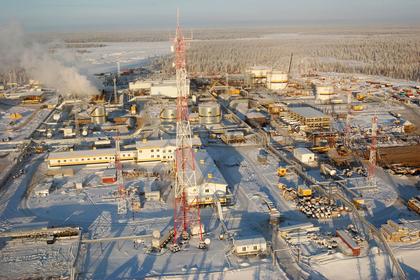
2016, September, 15, 18:35:00
ONGC BUYS VANKOR
Vankorneft is the operating company of the Vankor oil and gas condensate field and the North Vankor licence, in East Siberia, Russia. This acquisition will increase ONGC Videsh’s stake in the company to 26%. The company had previously acquired 15% in the project in May this year for USD 1.27 billion. The new transaction is expected to close by the end of the year.
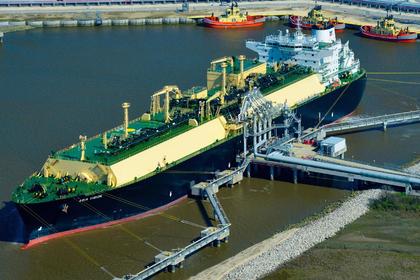
2016, August, 19, 18:50:00
ASIAN LNG IMPORTS UP
Five Asian countries (Japan, South Korea, China, India, and Taiwan) accounted for 68% of global LNG imports in 2015. In the first six months of 2016, in total, these five countries only increased their LNG import volumes by 1% (0.2 billion cubic feet per day (Bcf/d)), compared to the same period last year. However, higher imports in China and India more than offset declines in LNG consumption in the established markets of Japan and South Korea.
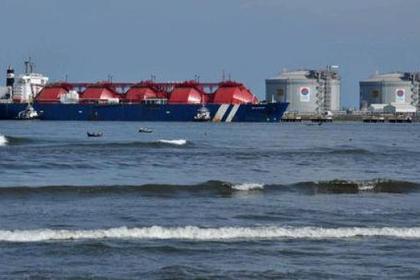
2016, August, 17, 18:30:00
INDIA SAVES $3 BLN
India will save about Rs 20,000 crore ($3bn) as it has renegotiated a long-term LNG import deal with Qatar, Prime Minister Narendra Modi said on Monday.
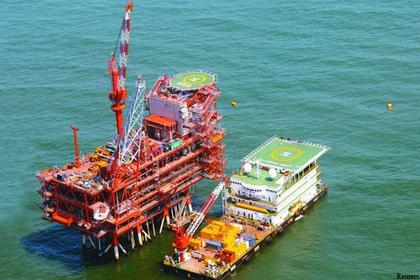
2016, August, 2, 18:45:00
INDIA'S OIL CONSUMPTION UP TO 10.9%
Oil consumption growth in the current fiscal year will likely exceed 10.9% of the previous year, if the current consumption trend continues, an oil ministry arm has said. A 7.8% jump in the consumption of petroleum products in the country in April-June, compared to 5.2% in the year-ago period.
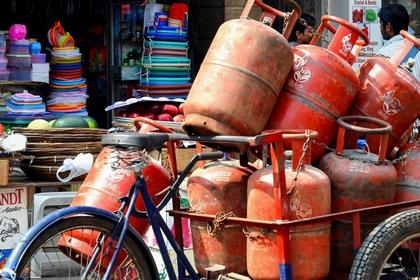
2016, July, 27, 19:00:00
INDIA HAS FOUND GAS
“Advances like the Bay of Bengal discovery will help unlock the global energy resource potential of gas hydrates as well help define the technology needed to safely produce them,” said Walter Guidroz, USGS Energy Resources Program coordinator.
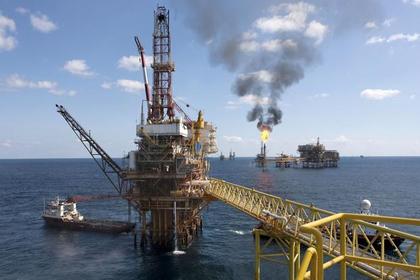
2016, July, 26, 19:05:00
INDIA'S OIL RESERVES
India's ultimate goal is to have an SPR that provides 90 days of net import coverage. The Indian government unveiled plans to add another 91 million barrels of SPR capacity in a second phase by 2020, although these facilities are still in the planning phase. The Indian Strategic Petroleum Reserves Limited (ISPRL), a special-purpose legal entity owned by the Oil Industry Development Board, would manage all of the SPR facilities.
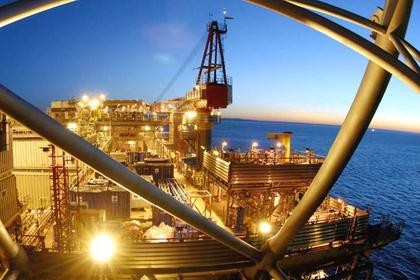
2016, July, 7, 18:30:00
SLOW ASIAN DEMAND
After half a year of strong oil price rises, Asian crude demand is slowing and by some measures falling, and many market participants suspect it is not just a cyclical phenomenon, but also a product of more permanent structural changes.
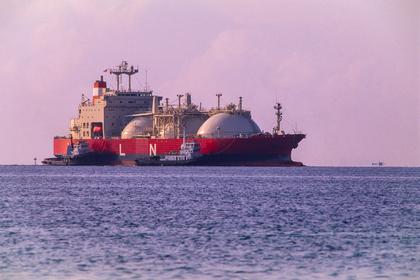
2016, July, 7, 18:10:00
QATAR LNG UP 50%
The amount of LNG volume delivered to South Asia (India, Pakistan) from Qatar during the first half of the year climbed almost 50% year on year, taking advantage of weaker demand from East Asia (Singapore, Malaysia, Taiwan, Thailand, Japan, South Korea, China) and higher Qatari output.
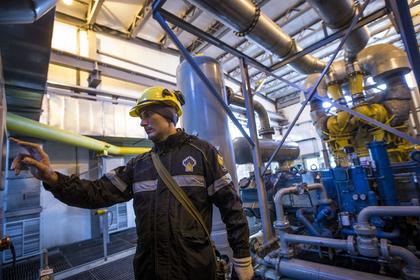
2016, June, 23, 18:25:00
ROSNEFT: STABILITY & GROWTH
"We are glad that we've managed to maintain our positions on traditional markets, primarily in Europe," Sechin said pointing out to recent agreements with PKN Orlen to increase deliveries to Poland and the Czech Republic.
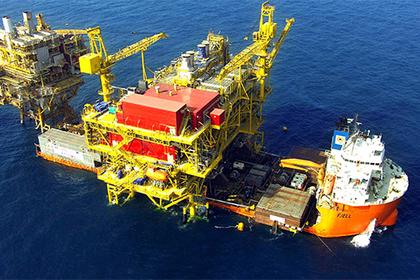
2016, June, 22, 18:25:00
INDIA'S HIGH GROWTH
India’s economy expanded at a faster pace in financial year (FY) 2016[1] even as a number of its growth engines stalled. Agriculture – having faced two consecutive drought years – rural household consumption, private investments, and exports have not performed to potential. The oil bonanza most directly benefited the government, which for the first time in five years exceeded its revenue collection targets and used the resources to contain the fiscal deficit, transfer more resources to states, and spend more on infrastructure. Capital spending by the central government was ramped up, its efforts amplified by state governments that had additional resources from larger fiscal devolution.




